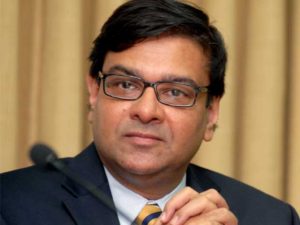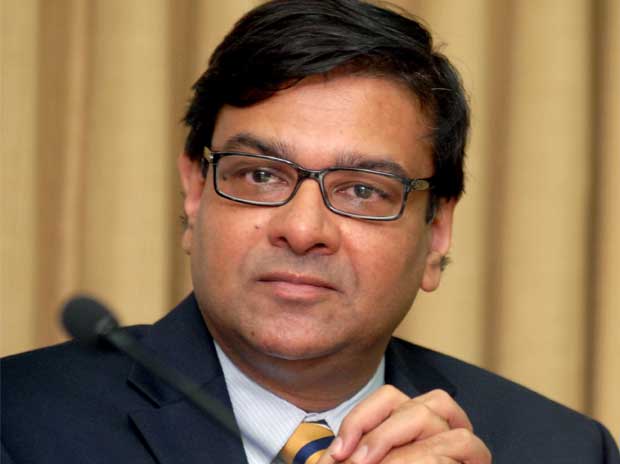Mumbai–The Monetary Policy Committee of the Reserve Bank of India (RBI) cut a key lending rate by 25 basis points on Tuesday at the conclusion of its first meeting over two days, bringing much relief to commercial banks and India Inc.
With the decision, the repurchase rate, or the short-term lending rate charged by the central bank on borrowings by commercial banks, stands lowered to 6.25 per cent. The reverse repurchase rate also automatically stands lowered to 5.75 per cent.
This was the first meeting of the new policy panel, constituted by the government with the primary mandate to ensure a retail inflation of 4 per cent, plus or minus two percentage points.
The panel said in a statement that the decision taken on Tuesday was consistent with an accommodative stance, with the objective of achieving the inflation target.

All six members of the panel, chaired by RBI Governor Urjit Patel, voted in favour of the monetary policy decisions — the minutes of which will be released on October 18.
The markets responded to the decision with a spike in key indices. The sensitive index of the BSE which was ruling at around 28,250 points just ahead of the announcement, rose to around 28,380 points.
The key index eventually ended the day’s trade higher by 91.26 points, or 0.32 per cent to 28,334.55 points.
The key policy rate was last reduced in April. At that time the central bank had cut its key lending rate by 25 basis points in the first monetary policy review during the current fiscal.
The reduction followed the central government’s fiscal prudence steps, along with a cut in interest rates on small savings rates and moderate inflation.
Besides, the central bank retained the country’s growth target at 7.6 per cent for this fiscal and predicted the retail inflation to ease to around 5 per cent.
“On balance, the committee envisages a trajectory taking headline consumer price index inflation towards a central tendency of 5 per cent by March 2017, with risks tilted to the upside,” the panel said.
“The projection of growth of real gross value added (GVA) for 2016-17 also is retained at 7.6 per cent, with risks evenly balanced around it,” the committee said, referring to the new measure now for growth — which, unlike gross domestic product (GDP), excludes subsidies and taxes.”
The panel’s projection on inflation was based on its reading that a strong improvement in sowing, along with supply-side management measures, will improve the food inflation outlook.
It also said that the government has taken several measures to ease inflationary pressures, especially in pulses.
“This has opened up space for policy action, as indicated in the third bi-monthly monetary policy statement,” it said.
“The committee took note of potential cost push pressures that may emerge, including the 7th Pay Commission award on house rent allowances and the increase in minimum wages with possible spill overs through minimum support prices,” the panel added.
Data on the consumer price index had showed that the annual retail inflation had eased by 100 basis points to 5.05 per cent in August.
The target inflation rate has been set at 4 percent — plus or minus 2 percentage points. Against this, India’s central bank retained the inflation projection of 5 per cent by March 2017 with risks tilted to the upside.





